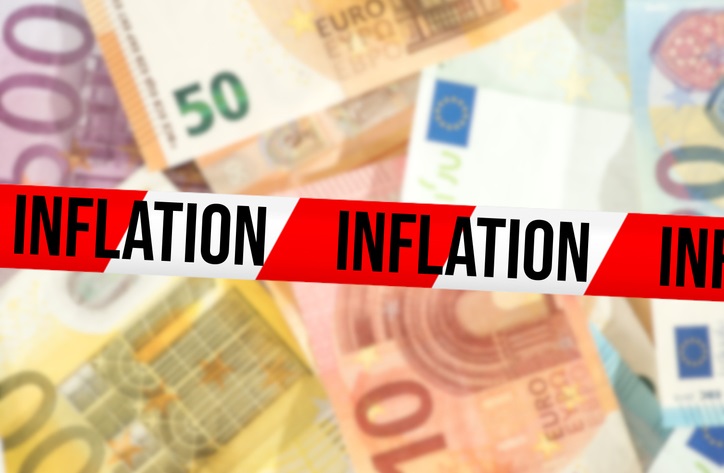This week the year-on-year Harmonised Index of Consumer Prices reading from Germany is set to come under scrutiny, with economists predicting a major increase.
One of the reasons why the reading is so important is because it is the European Central Banks preferred measure of inflation, and any major trend change in this reading can seriously affect how they start to set policy.
Most economists agree that HICP is going to increase to 6.7%, which is much higher than the previous reading and the wrong direction in terms of where the European Central Bank wants inflation to go.
Inflation in Germany, as measured by the change in the Consumer Price Index (CPI), declined to 6.1% on a yearly basis in May from 7.2% in April. This reading came in below the market expectation of 6.5%.
On a monthly basis, the CPI fell 0.1% following April’s 0.4% increase. The annual Harmonised Index of Consumer Prices (HICP), which is the European Central Bank’s preferred gauge of inflation, rose 6.3% in the same period, compared to 7.6% in April.
HICP is an index of consumer prices calculated and published by Destatis, the Statistical Office of the European Union, on the basis of a statistical methodology that has been harmonised across all EU member states.
Basically, HICP is a measure of prices used by Governing Council of EU to define and assess price stability in the euro area as a whole in quantitative terms.
HSBC forecast to expect two additional 25 basis rate hikes from the ECB over the northern summer compared to just one from the Federal Reserve.
As a result, say the analysts, EUR currency should continue to be supported in the near term by the balance of risks from this short-term rate dynamic.
The quantitative tightening (QT) and broader shift by the ECB into positive nominal rate territory have caused a more significant underlying change in portfolio flow dynamics.




